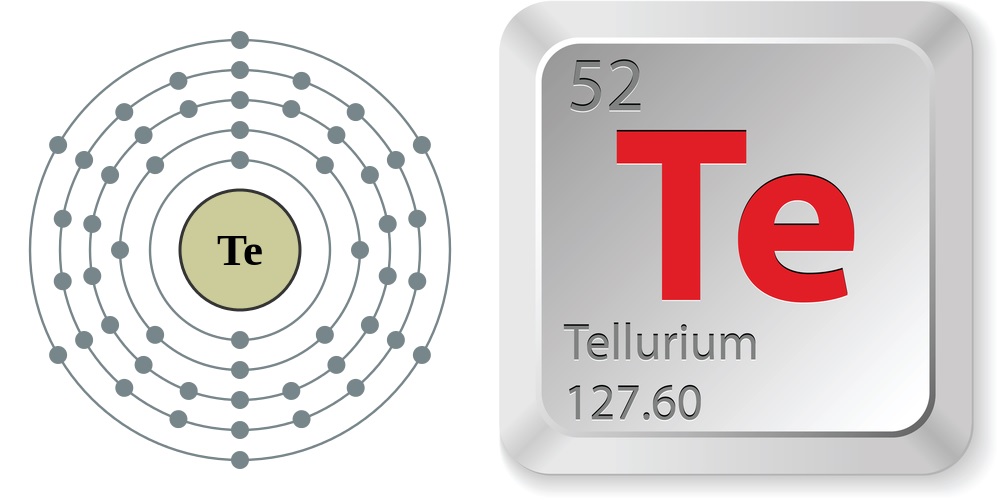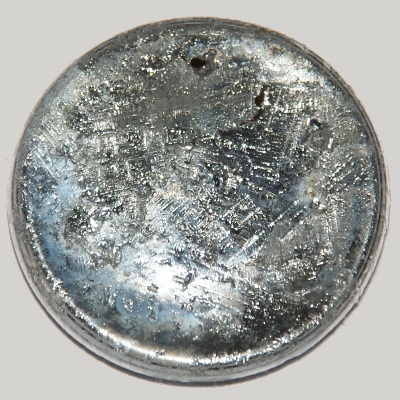Facts About Tellurium

Word origin: Tellurium comes from the Latin word tellus, which means earth.
Discovery: The element was discovered by Muller von Reichenstein in 1782. It was named by German chemist Martin Heinrich Klaproth in 1798.

Properties of tellurium
Tellurium is a silvery-white metalloid; its pure version has a metallic luster. Crystalline tellurium is easily pulverized. In its molten state, tellurium is corrosive to copper, iron and stainless steel. [See Periodic Table of the Elements]
There are thirty known isotopes of tellurium. Natural tellurium has eight isotopes. The element and its compounds are likely toxic to handle.
Sources of tellurium
Tellurium is usually found as calaverite, the telluride of gold, and also combined with other metals. It is found commercially in electrolytic refining of blister copper from anode muds during the process. It is occasionally found in its native state. Amorphous tellurium is made by precipitating it from a solution of telluric acid.
Uses of tellurium
The element is a semiconductor that shows a greater electrical conductivity in certain directions or when exposed to light.
Tellurium is often used to improve the machinability of copper and stainless steel. It’s used to make blasting caps, added to cast iron and used in ceramics. Adding tellurium to lead improves the strength and hardness of the metal and decreases corrosion. Many thermoelectric devices are made with bismuth telluride. Lead telluride is used in far-infrared detectors.
(Source: Los Alamos National Laboratory)
Sign up for the Live Science daily newsletter now
Get the world’s most fascinating discoveries delivered straight to your inbox.











